How have you searched electronic databases in the past? Did you use keywords, subject headings, or both?
Keyword searching is useful when you want to combine two or more terms located anywhere in the record, or when you don't know what subject headings are used for a particular concept. Subject headings are terms that are used consistently throughout the database to identify a concept. Clicking on them can get you more resources about that subject.
Boolean searching (the AND, OR and NOT commands) allow you to narrow, broaden or eliminate a portion of your results. Boolean logic uses words called operators to help expand, reduce or limit a search result. The most common ones are: AND, OR and NOT.
AND searches are helpful when you want to combine two or more concepts in the same search. OR searches are helpful when you want to do a comprehensive search. NOT searches are helpful when you need to exclude certain records from the results.
More than one Boolean operator may appear in a search. This approach is called nesting. For example:
Truncation allows for variant spelling and endings (adjectives, plurals).
Truncation allows you also to expand the number of results you get by ending the word at its root. The symbol for truncation is usually an asterisk (*), but some databases may use another symbol, such as a question mark. For example, students and psycholog* will retrieve materials that include students and psychology, psychologists, psychological, etc.
The truncation symbol may also be used at the beginning or middle of a word.
